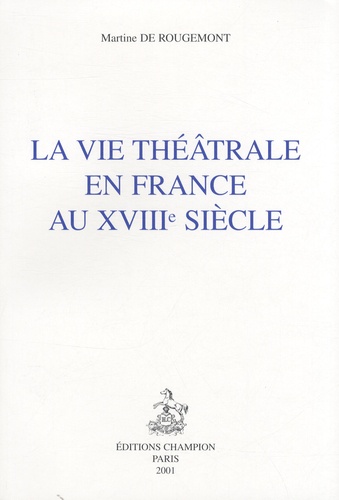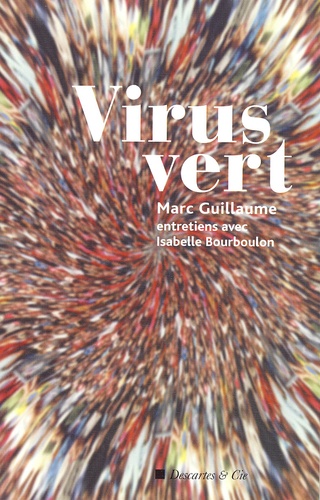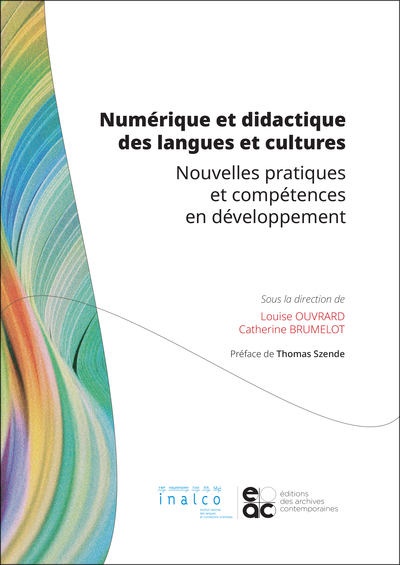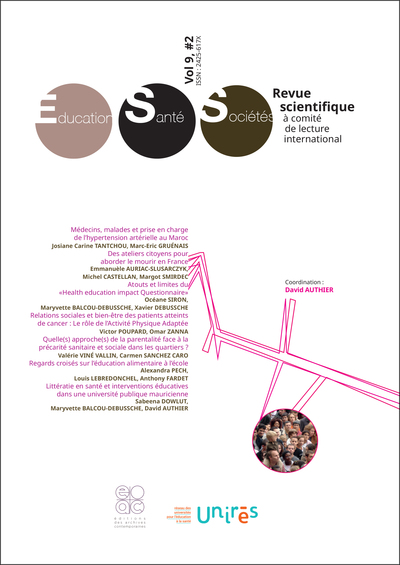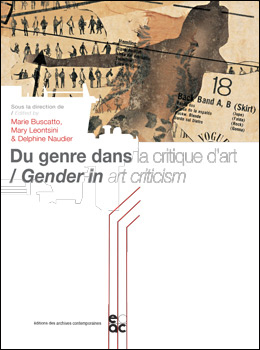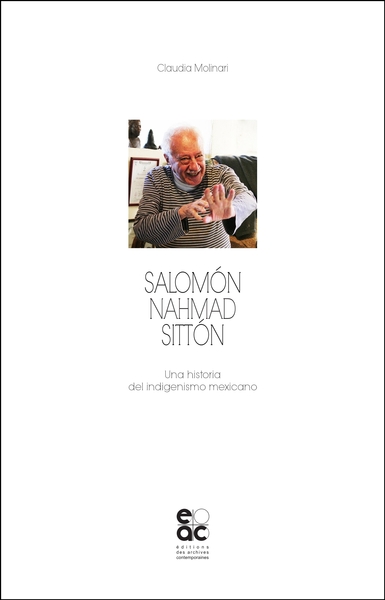Laser surface treatment of a polymeric biomaterial
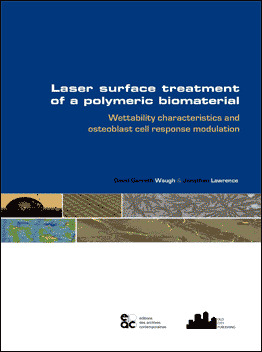
Description
Résumé :
Biotechnology has the potential to improve people’s quality of life and holds the key to many unmet clinical needs. In the UK alone the biotechnology market is worth £4.5 billion and estimates of future growth range from 1 to 15%. This growth can only be driven by the increased use of inexpensive and easy to manufacture polymeric biomaterials. §Although polymer science is a rapidly developing area of research, it remains that one of the most intractable problems encountered in biotechnology is that the performance of polymeric biomaterials depend upon both the bulk and surface properties. §In this book the authors describe their work using lasers to modify the wettability characteristics of nylon 6,6 (as wetting is often the primary factor dictating the adhesion and bonding potential of materials) as a route to enhancing the surface in terms of in vitro osteoblast cell response. What is more, modifying wettability characteristics in this way is shown to be a highly attractive means of estimating the biofunctionality of a polymer. The book demonstrates and explains how the generation of a biomimetic surface on polymers using laser beams provides an in vitro platform on which to deposit and grow cells for either the development of implants or to reconstitute functional tissue. The correlative trends and generic characteristics which are identified in the book between the laser surface treatment, wettability characteristics and osteoblast cell response of the nylon 6,6 provide a means to estimate the osteoblast cell response in vivo. The book shows clearly that laser surface modification of polymeric materials has tremendous potential for application within the field of regenerative medicine.§§Dr. David Waugh is a founding member of the Laser and Photonics Engineering Group and Senior Lecturer in the School of Engineering at the University of Lincoln, UK. He completed his PhD research on the laser surface treatment of polymeric biomaterials to modulate wettability characteristics and subsequent osteoblast cell response in 2 1 at Loughborough University. Prior to this he obtained his MPhys and MSc in physics with lasers and photonics at the University of Hull, UK in 2 6 and 2 7, respectively. §Professor Jonathan Lawrence is Director of the Laser and Photonics Engineering Group in the University of Lincoln and Editor-in-Chief of Lasers in Engineering. His main contribution has been in using lasers for wettability characteristics modification, improving the biocompatibility of materials using laser surface treatment and developing a technique for laser ignition in gas turbines. He has presented and published widely in these areas, including five patents, seven books and over 12 journal papers.
Détails
Auteur: Jonathan Lawrence
Editeur: Archives Contemporaines
Format: Broché
Presentation: Broché
Date de parution: 22 Février 2014
Nombre de pages: 318
Dimensions: 17 x 24 x 1,8
Prix publique: 89,00 €
Information complémentaires
Classification: Sciences humaines et sociales, Lettres
Code Classification: 3080
EAN-13: 9782813001238
Pour modifier cette fiche vous devez être connecté:
Se connecter:
Où trouver ce livre:
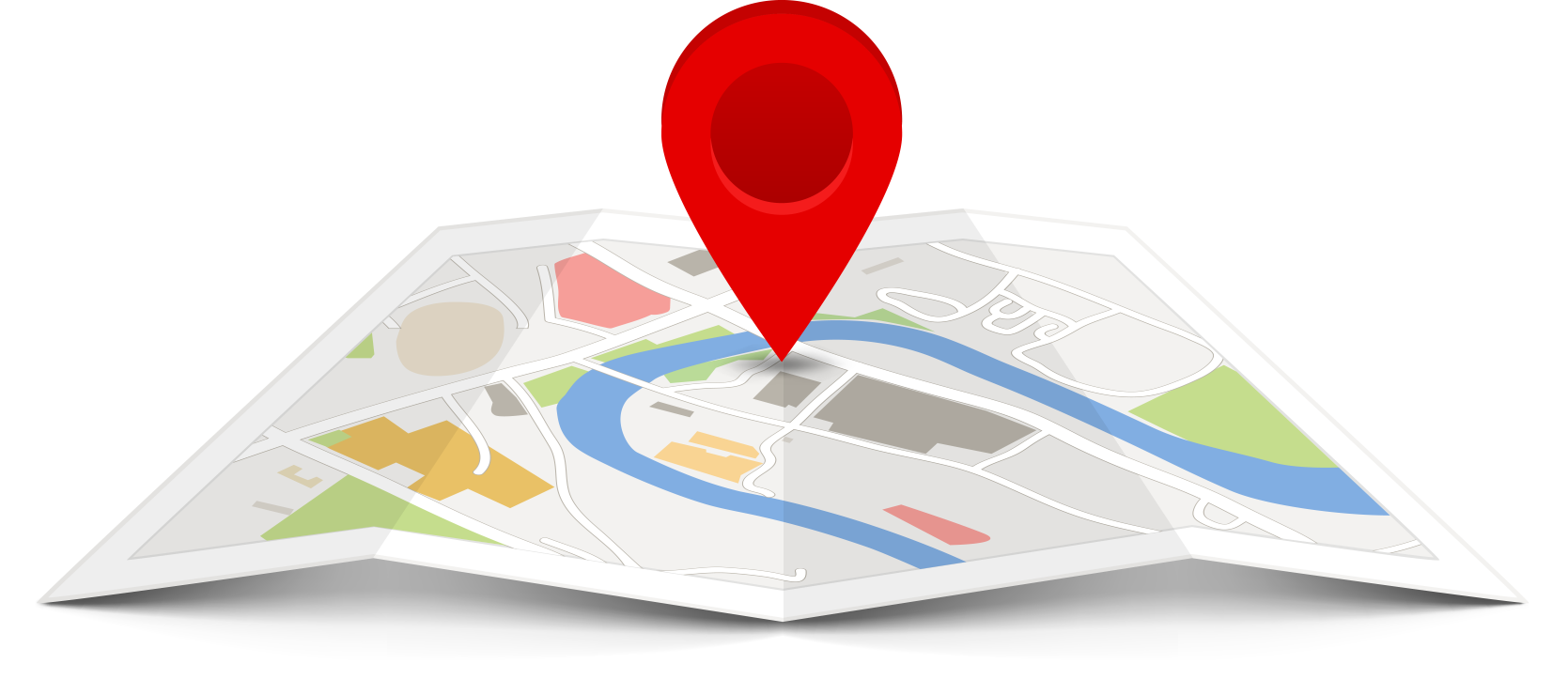
(Liste non exhaustives de librairies ayant ce livre en stock (actuellement 3400 librairie référencées dans notre annuaire). Vous êtes un professionel du livre et souhaitez figurer sur cette carte ? Contactez nous ! )
Vous pouvez également vous raprochez d'une librairie proche de chez vous:

